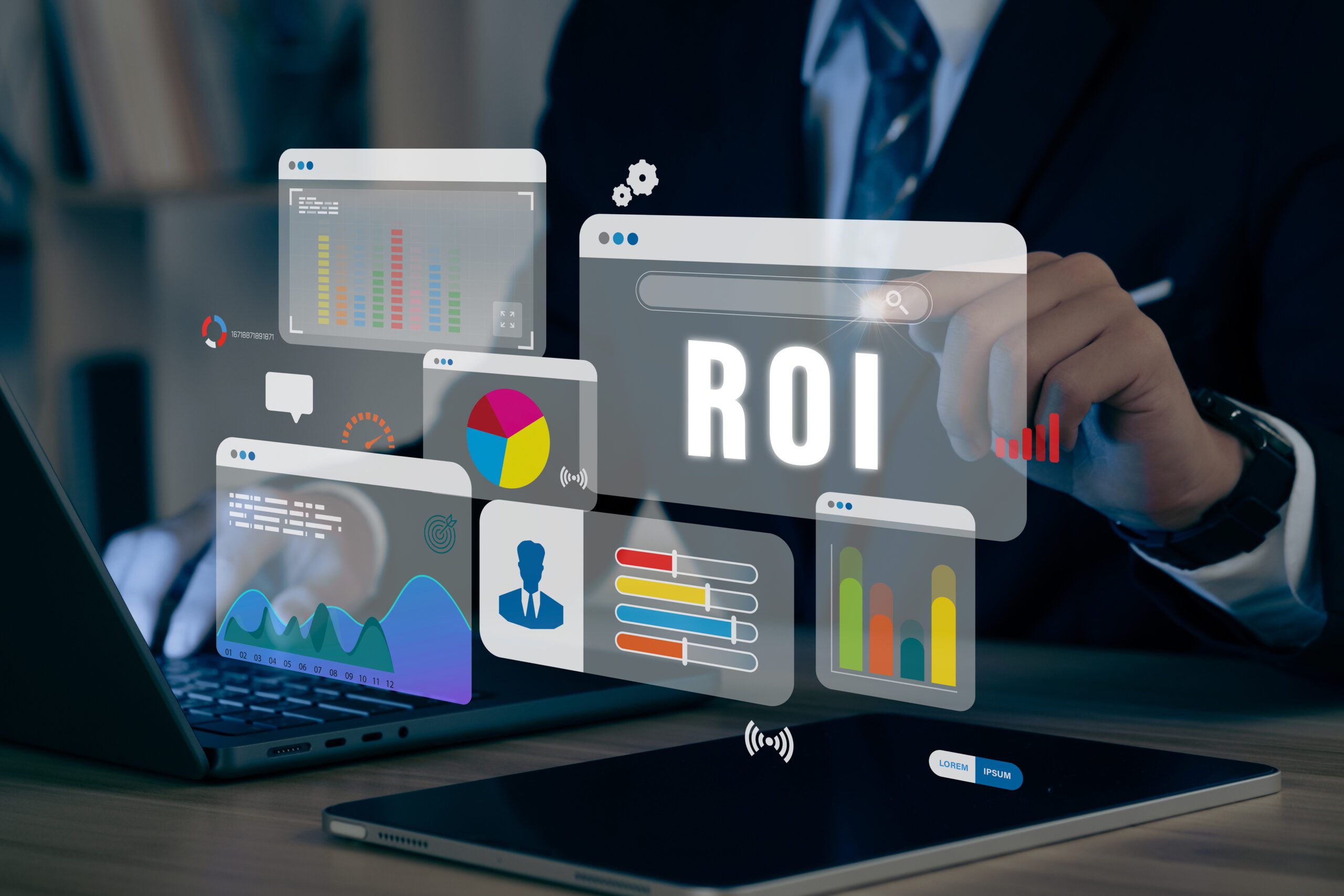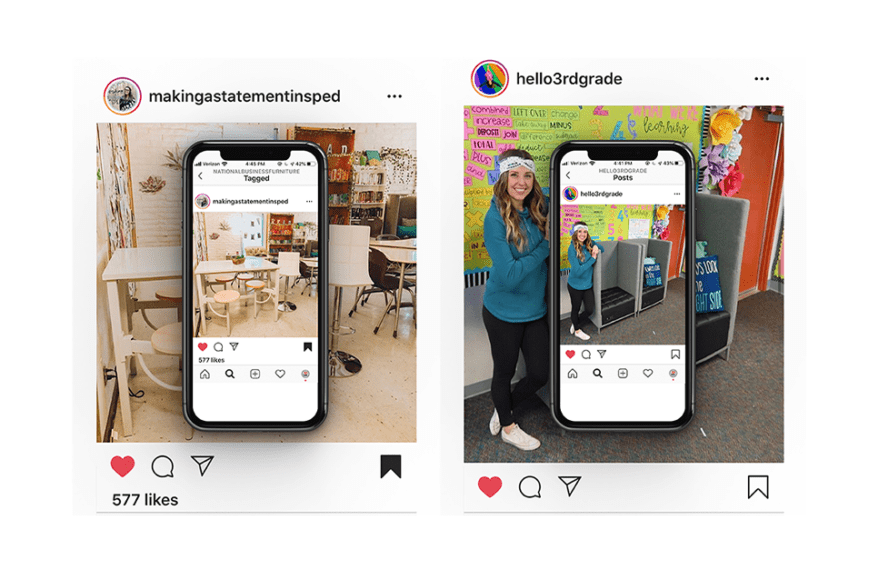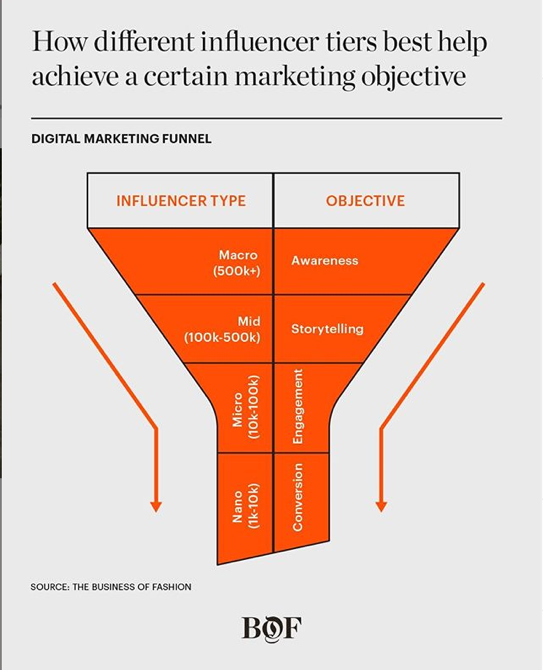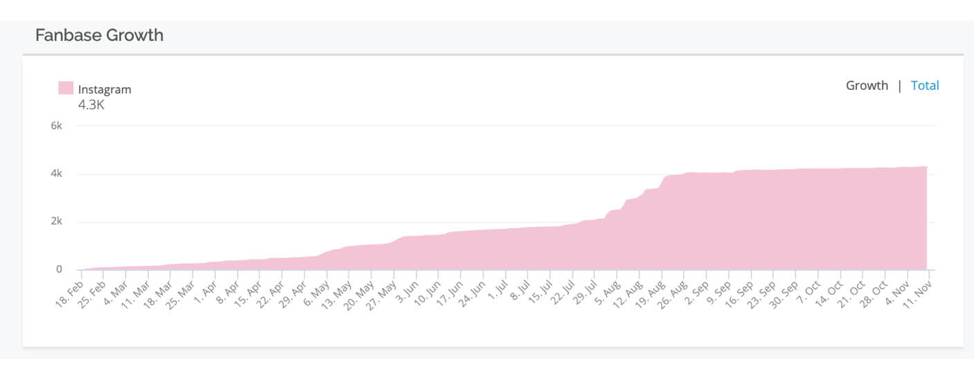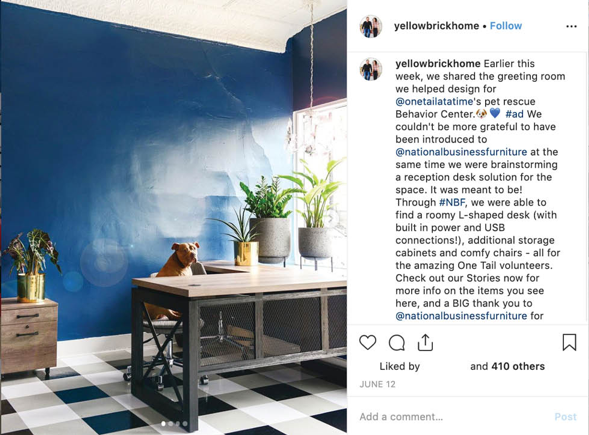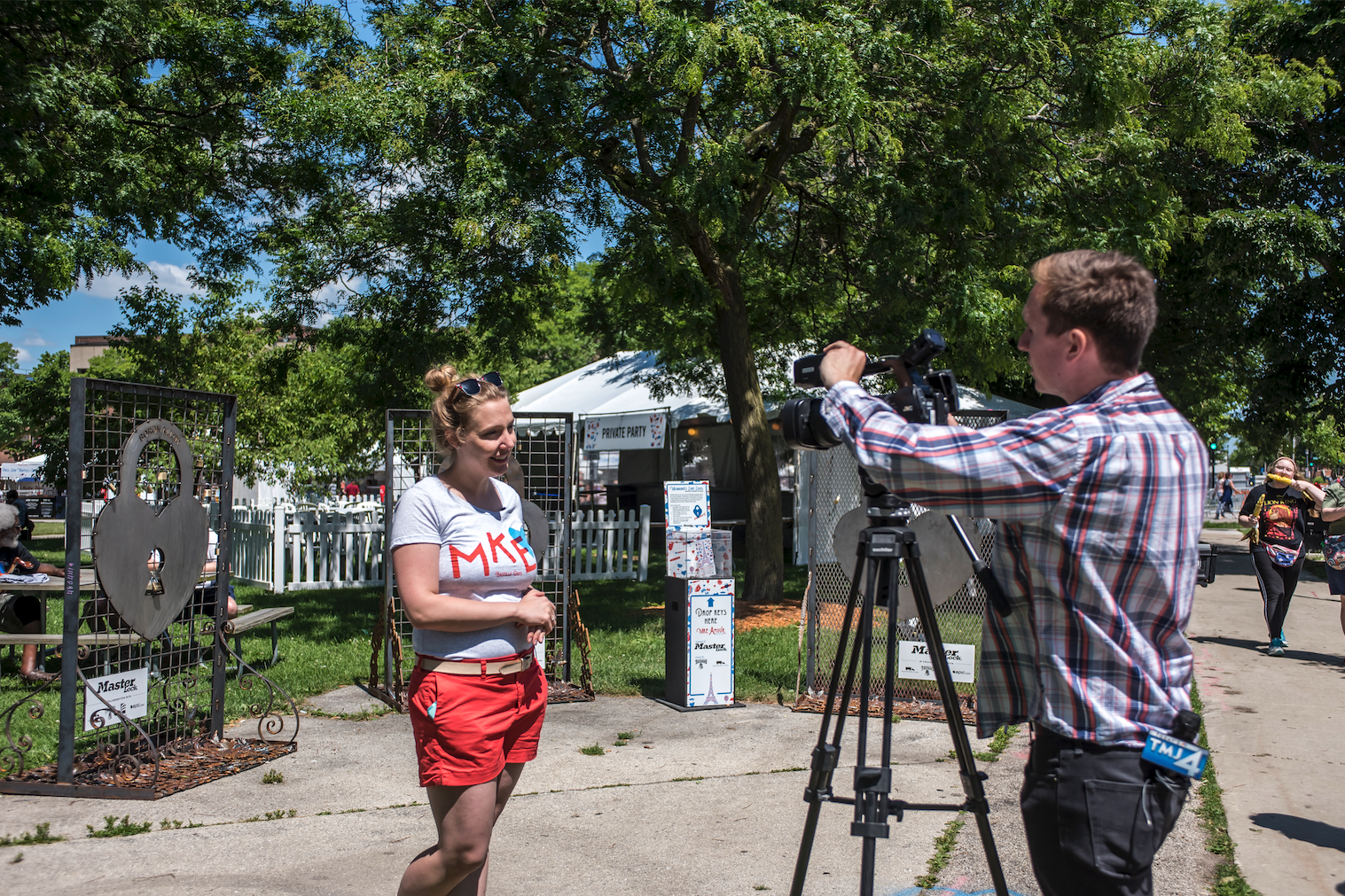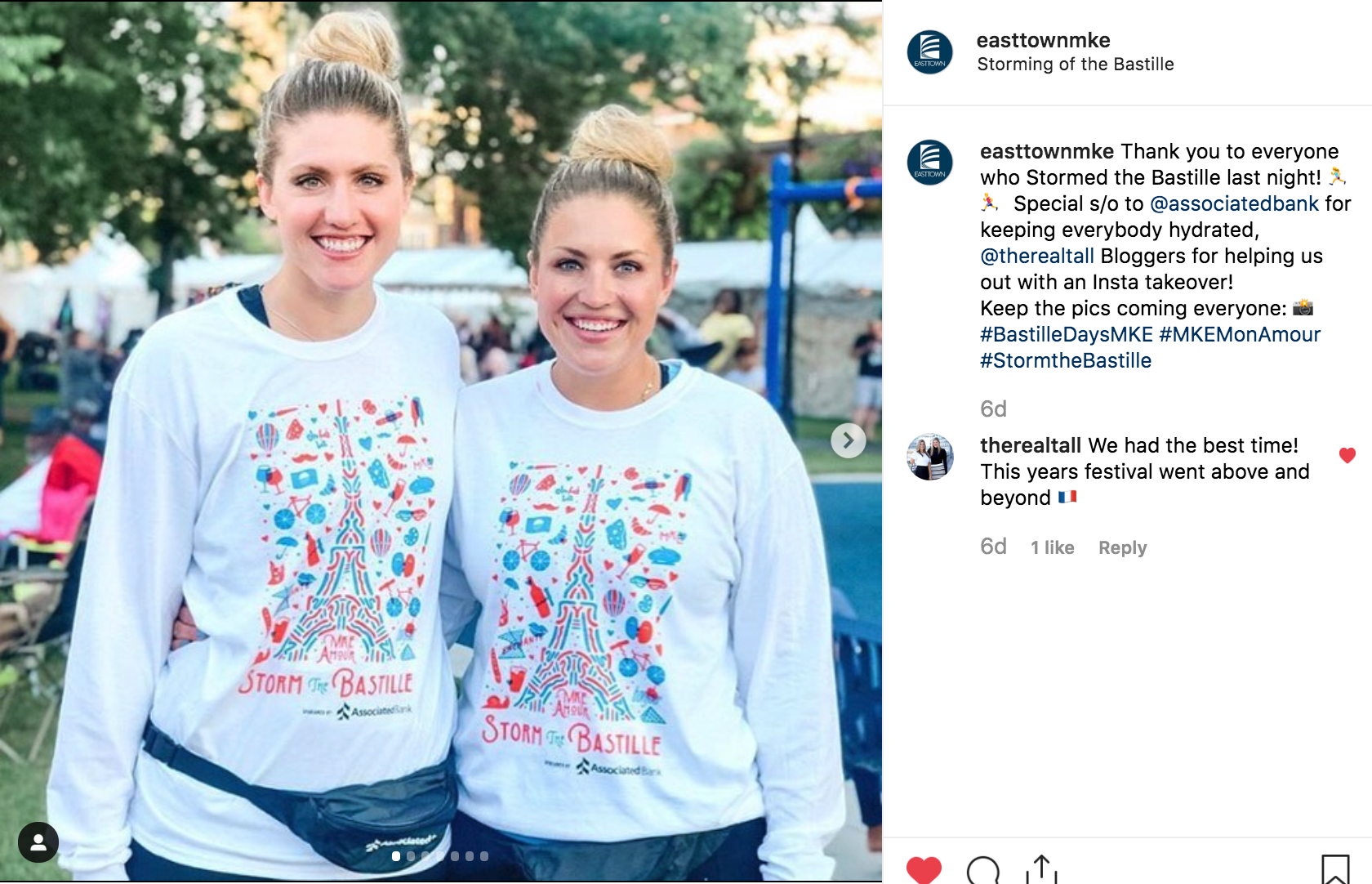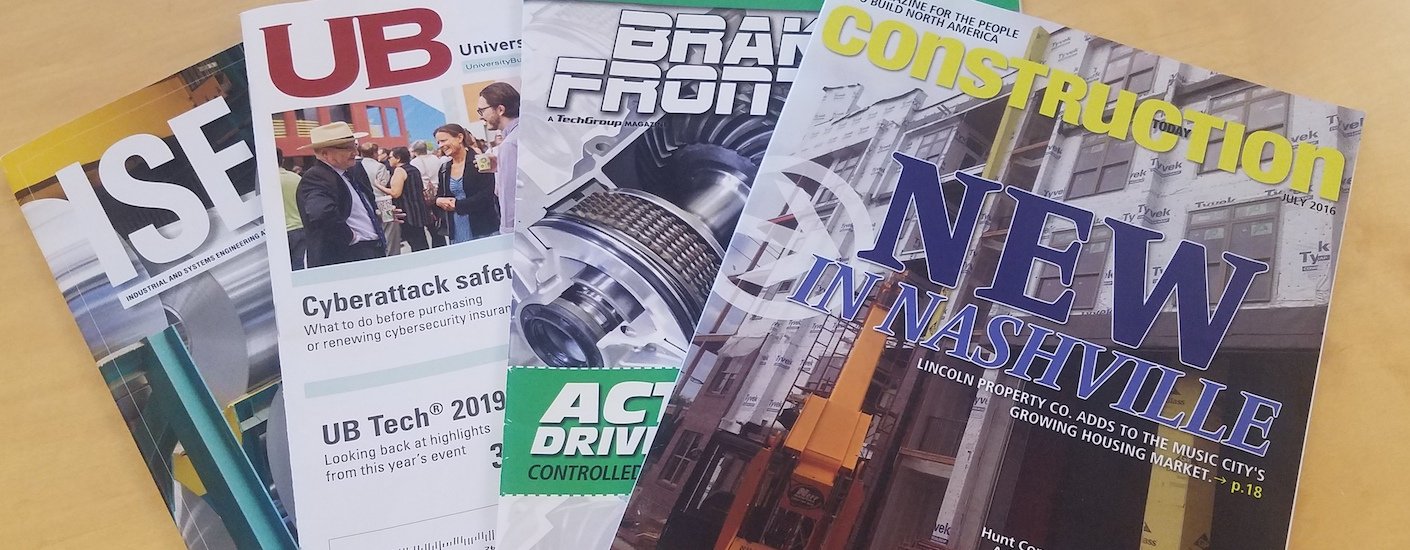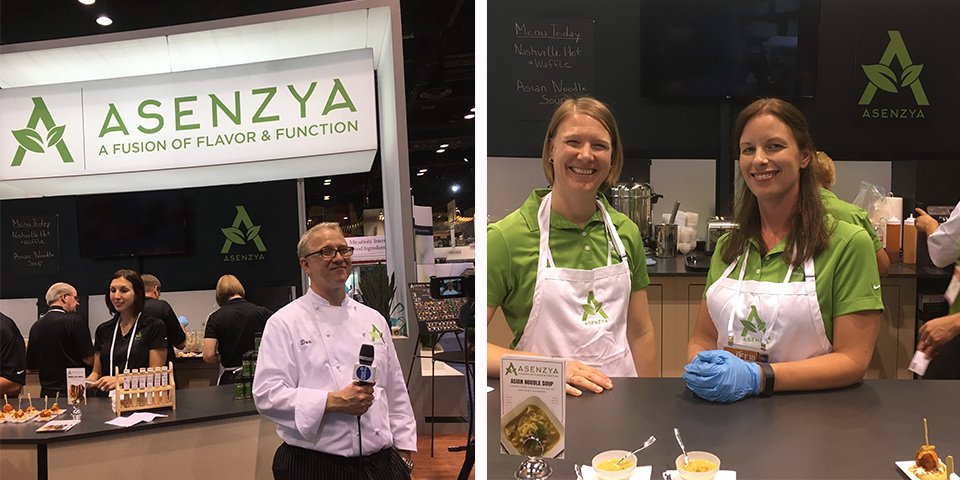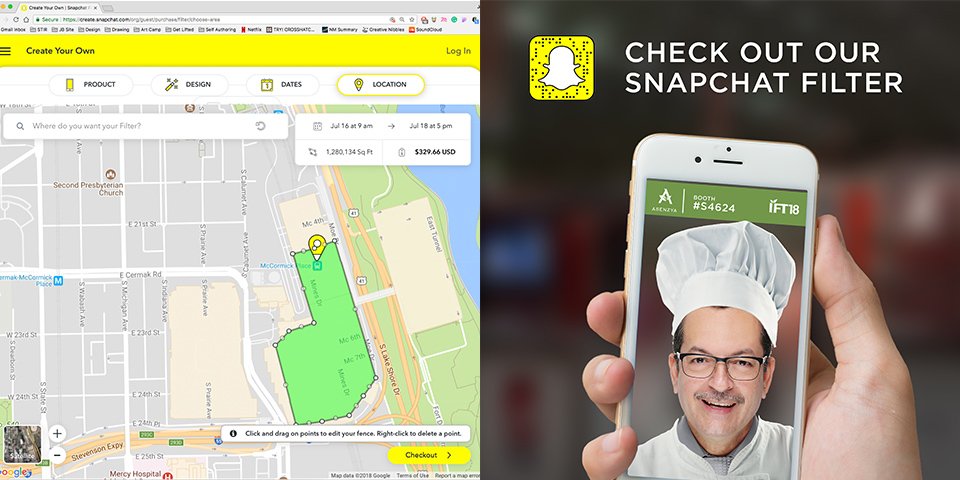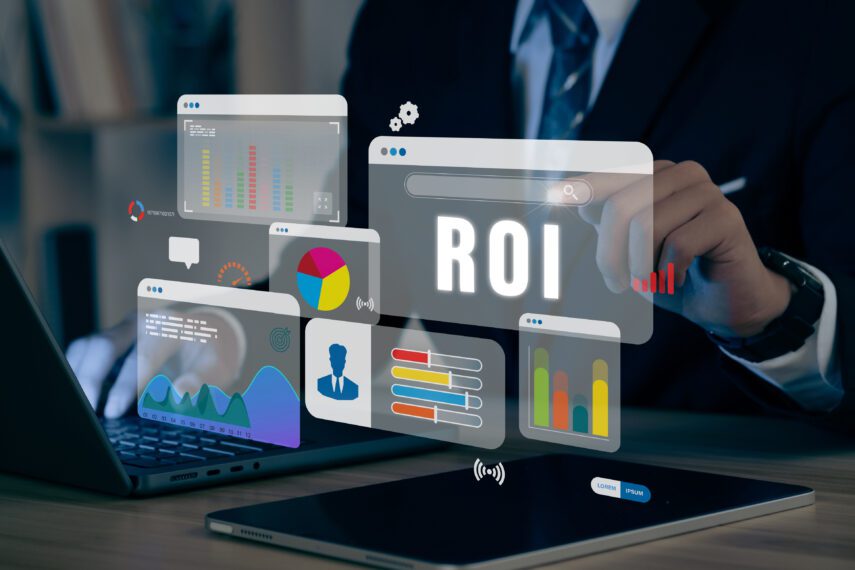
You want to raise general awareness of your brand and share an authentic story about what makes you special, all while driving engagement and sales.
It’s a lot to accomplish, especially when you have a small marketing budget. That’s where public relations (PR) can make a huge impact.
Generate your pitch-perfect return
While you may already know that PR is one of the most credible ways to get the word out about a company and its product or services, you may not know that it can also provide a high return on your marketing investment.
Industry giant Bill Gates once said, “If I was down to my last dollar, I’d spend it on public relations.” He learned early the value of PR and its ability to tell an authentic story, build trust and cultivate loyal customer relationships.
ROI can equate to media impressions that heighten a company’s visibility and boost brand reputation. It can also add up to revenue when a PR strategy can be directly linked to a prospect seeing an article and reaching out to set up a meeting.
Maximizing results and ROI involves working with an experienced PR team to create a media relations strategy that reaches the right target audience at the right time. It might be for a short-term burst of media coverage for a few weeks or a year-long awareness program.
STIR’s Brian Bennett notes that well-strategized media placements can drive significant web traffic and are often where clients get the most value for their dollar. “It’s one of the most powerful– and affordable – marketing disciplines and should play an important role in integrated marketing plans,” he says.
What’s the best way to measure the impact of your public relations efforts?
Set your ROI gameplan
Before starting a campaign, prioritize which results are most important and plan how to get there. Determining what good ROI looks like will depend on the media market, the outlets used, and of course, the story.
For example, STIR recently worked with a local client that wanted to get in front of their prospects with meaningful content and thought leadership. They assumed that local media was their only target, not realizing that some high-profile national placements shared on social media, could also help build their credibility and profile with local customers. In six months, STIR garnered nearly 890 million impressions with the client frequently quoted not only in local business publications but also high-profile outlets such as U.S. News & World Report and Money Magazine.
Engage your ROI dynamic duo
Impressions and engagement together can provide some solid data around the impact of your PR efforts. Generally, impressions are a calculation of how many people have heard about your company in a given time measured through article readership, scroll-throughs and viewership. Clients can expect results that may range from 500,000 – 1 million impressions for local or regional placements to 900 million or more for national level placements. Your team should help to set coverage goals at the beginning of a campaign and monitor progress along the way.
Engagement points to things like shares, comments, link clicks and likes. Monitoring software can give you a snapshot of engagement in their system, but you can also measure it through social media or other brand platforms. A great example of this is when a television station shares your brand’s news segment to their social media pages, where you can directly track the metrics or feedback.
Tracking website traffic timed with a great media story is also another way to measure engagement. Typically, you will notice a boost within a day or two to a week of story publication.
Consider Advertising Value Equivalency (AVE)
Ad value is a metric that public relations pros use to measure the impact of media coverage. Simply put, it’s the dollar value of your placement if you had paid for it as an advertisement. It measures the value of the overall campaign using data including the type of media coverage and where it was placed.
Well-known monitoring services services use the following formula to calculate AVE: (Readership (UVPM) x Actual Viewership x Average Ad Cost). AVE calculation will vary depending on the type of outlet.
AVE is just one way to measure the efficacy of a campaign or story and in recent years some agencies have steered away from using it. This is because it doesn’t provide qualitative data like engagement or measure positive or negative article tone. Therefore, if your brand is using AVE, other measures should be used in alignment with it.
Measure Story Sentiment
Sentiment analysis can be a powerful way to qualitatively measure data around your PR. Analyzing the positive or negative tone around your campaign placements can help steer the direction of future campaigns, including messaging and positioning.
You can analyze sentiment in many places—for example, on social media or in the news. By evaluating factors including word choice and tone of voice that are associated with your story, you can get a better idea of how people feel about your initiative.
Though you can’t put a dollar value on how people feel, you can measure overall sentiment by counting the share of positive mentions and comparing these to mentions with negative or neutral sentiment.
Your team should use the latest media measuring and monitoring software in order to provide the best impressions and engagement data for reporting.
Find a partner that works
The greatest value you’ll get from your investment is that of a knowledgeable, results-oriented PR team who can help you set priorities, determine how you will measure results and recommend the best way to set up reporting. Public relations efforts are not one-size-fits-all, and an integrated agency can help give you a full picture of what you might want to invest in, at what scale and why.
Learn more about STIR’s approach to PR.

